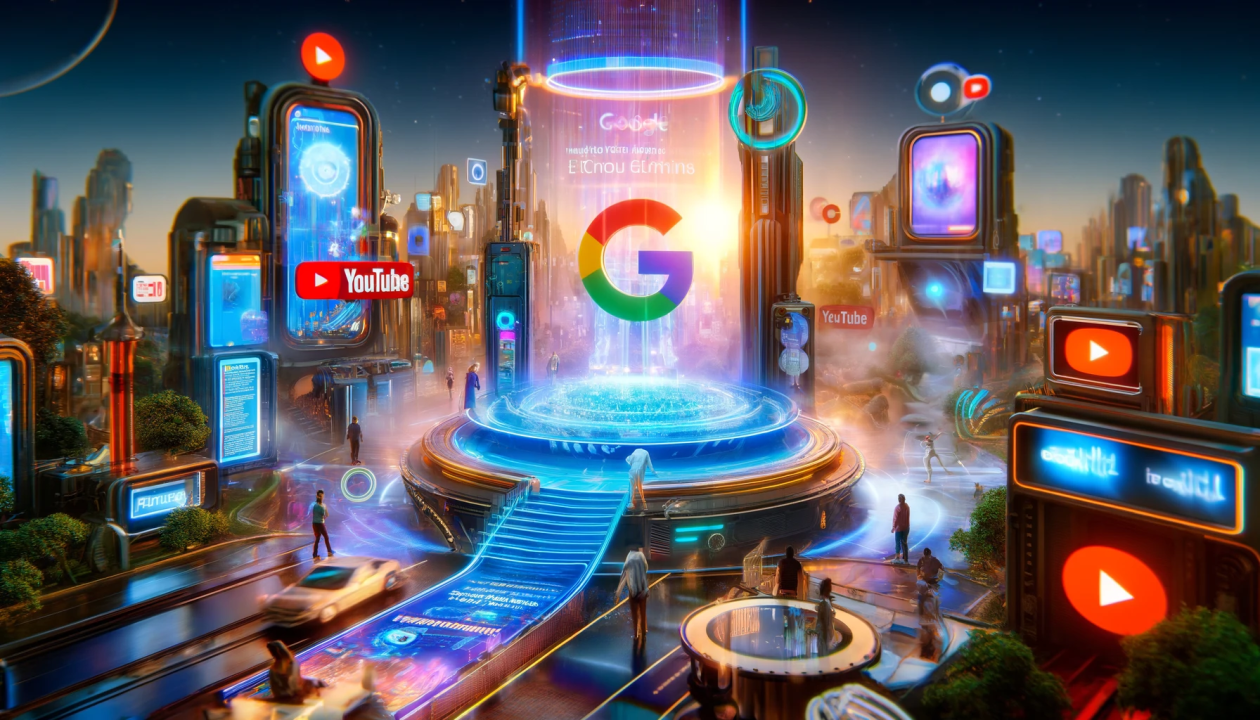Mountain View, CA – June 2025 – Google’s recent rollout of AI Mode across its core consumer products is striking more than just a user experience chord—it solidifies Artificial Intelligence as the linchpin of modern consumer ecosystems. With AI-enhanced functionality in Search, Gmail, Docs, Android, and connected devices, Google is not simply launching a feature—it’s leading the transformation of how consumers interact with technology, ushering in a new era where AI is not peripheral, but fundamental.
A Watershed Moment for Consumer AI
Google’s integration of AI Mode delivers a unified, intelligent layer across its product suite. This represents an ecosystem-wide shift, signaling that AI-driven assistance is no longer experimental—it’s expected. As users experience conversational search, smart email composition, context-aware suggestions for apps, and real-time translation in Android, the AI-first paradigm takes center stage.
Industry analysts regard this as a watershed moment. “This is less of a feature introduction and more of a platform-level transformation,” noted Jordan Lee, a Silicon Valley futurist. “By weaving AI tools into daily workflows, Google is declaring that AI is now a mandatory UX layer across consumer computing.”
Reinforcing AI’s Ubiquity Across Domains
AI Mode’s ripple effects extend beyond individual apps. The ecosystem-wide rollout will accelerate innovation in areas such as machine learning, data science, Cybersecurity, and even peripheral domains like WebDev and gadgets. Developers and manufacturers are now compelled to integrate AI capabilities to stay in synchrony with evolving consumer expectations.
Google’s launch reinforces a broader shift in the tech industry: AI is no longer a niche specialization—it’s a foundational requirement. Every company building consumer-facing tools must now think AI-first, embedding intelligence to remain relevant.
Boosting User Productivity and Engagement
The impact of AI Mode on productivity is immediate. With AI-enhanced email drafting, intelligent meeting summaries, and proactive reminders, users experience seamless boosts in efficiency. In Search, conversational queries and multi-step reasoning replace traditional keyword-dependent queries.
These enhancements aren’t confined to power users—the average consumer benefits too. Imagine drafting a travel itinerary in Gmail, summarizing documents in Docs, scheduling follow-ups in Calendar, and quickly translating languages—all woven together through AI Mode.
Industry Ecosystem Reacts
The release has triggered fast-moving responses from peers and partners. App developers are integrating AI into their own interfaces. Chromebook manufacturers are adding AI Mode awareness to firmware layers. Peripheral gadget makers—especially those producing earbuds, watches, and smart displays—are adapting to incorporate voice-triggered AI Mode features, transforming wearables into AI conduits.
AI startups focused on AI tools and productivity features now find themselves facing even higher user expectations. The bar has been raised, and product roadmaps have shifted accordingly.
Challenges: Privacy, Trust, and Governance

Google’s AI Mode success unleashes questions around privacy and security. With AI processing personal data across apps, maintaining Cybersecurity and user trust is critical. Google’s safeguards include on-device processing for core features and end-to-end encryption. The company also publishes transparency blogs and privacy dashboards, offering granular control to users.
Still, regulators and advocacy groups are watching closely. As AI capabilities increase, so too do concerns about misuse, bias, or covert data harvesting. Google acknowledges this, pledging periodic audits, third-party oversight, and rigorous internal bias testing.
Competitive Implications
Google’s ecosystem focus now sets the tone for industry competition. Microsoft’s Copilot, Apple’s Siri enhancements, and Amazon’s Alexa now must consider ecosystem harmonization, not just isolated apps. The success criterion is unified, cross-product AI experiences. The race has shifted from siloed AI features to platform-wide intelligence.
Partnership models will likewise evolve. Brands that integrate with Google’s AI Mode—whether through assistant skills, adaptive interfaces, or assisted content generation—stand to gain user prominence. This creates a fertile ground for co-innovation, while challenging those who lag in AI integration.
Toward a New Consumer AI Ecosystem
By embedding AI deeply across consumer touchpoints, Google is building what can only be described as an AI ecosystem: one that learns, adapts, and augments user behavior across domains. Search queries become dialog, emails become workflows, and devices become AI entry points.
This ecosystem approach shifts the industry paradigm. Consumers will no longer distinguish between services and AI—they will expect AI as the connective tissue across every interaction, app, and gadget.
What’s Next: A Blueprint for AI Experiences
Looking forward, Google will expand AI Mode to support:
- Contextual AI extensions: Automatically adjusting UI based on device type and user context.
- Developer APIs: Enabling third parties to tap into AI Mode for bespoke AI-enhanced features.
- Cross-device workflows: Starting a task on mobile, finishing on Chromebook, summarized on TV—all powered by AI continuity.
- Trustworthy AI guidelines: Joint frameworks for AI news transparency, privacy, and user consent.
These initiatives will set a blueprint for all consumer AI ecosystems—where every device, app, and interaction is intelligence-enhanced, cohesive, and user-centric.
Conclusion: AI at the Core of Orchestrated Ecosystems
Google’s AI Mode launch is more than a product update—it marks a fundamental shift in ecosystem thinking. By embedding AI across its consumer stack, Google shifts expectations, raises the bar, and defines the architecture of future digital experiences.
All players—app developers, device makers, enterprises, and regulators—must now align to this shifting landscape. AI is no longer an add-on—it’s the backbone of every user journey. Google has set the tone; the rest of the tech world must follow or risk irrelevance.
Discover continued analysis on this shift in the digital foundation and more on Tech Thrilled, and stay updated with the latest developments in AI and consumer platforms on our AI & Tech News category.
Call to Action:
Are you integrating AI into your product roadmap? Witnessing the ecosystem impacts of AI-first platforms? Share your perspective below, subscribe to our newsletter, and engage with a community shaping the future of AI-enhanced consumer experiences.
